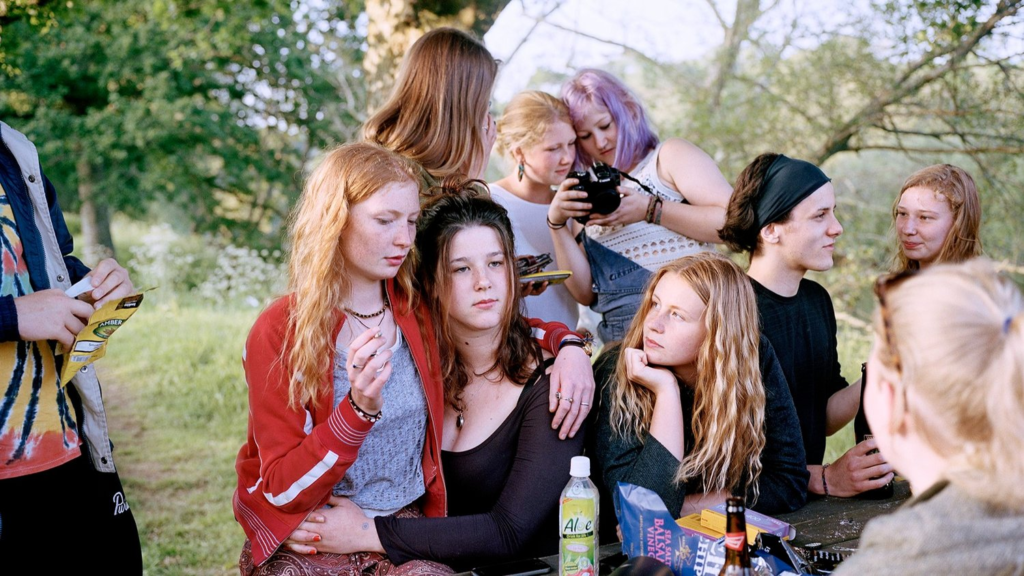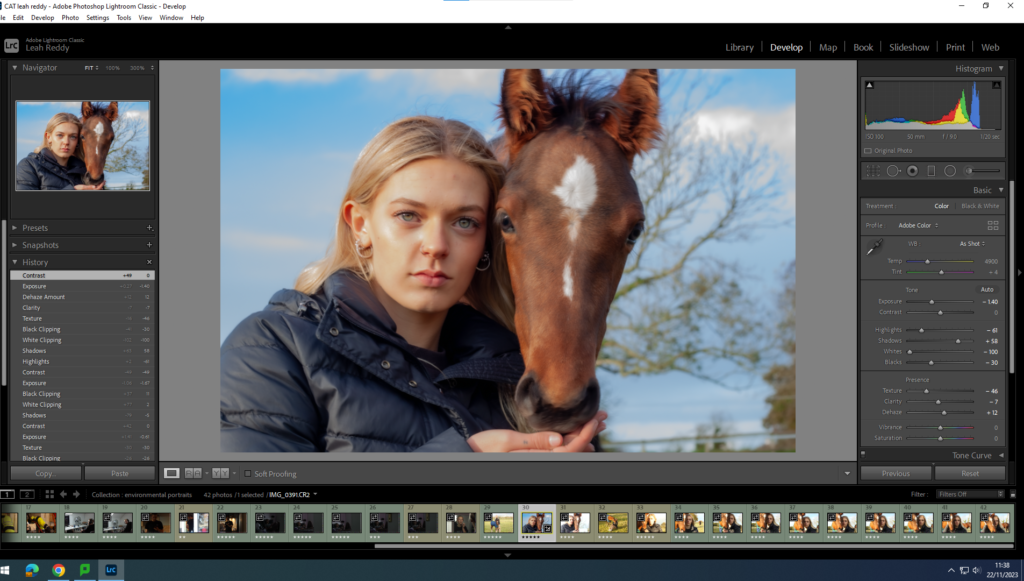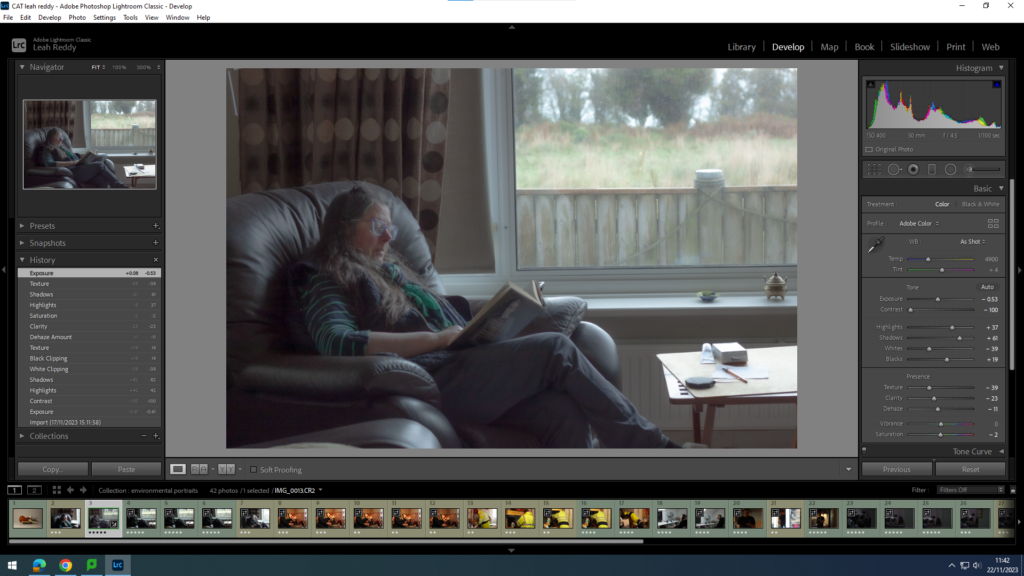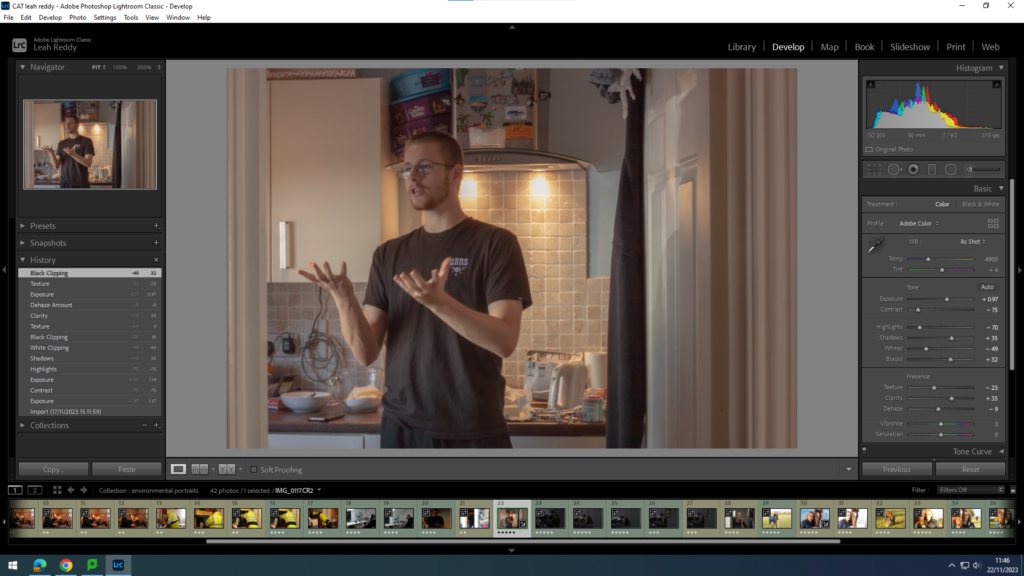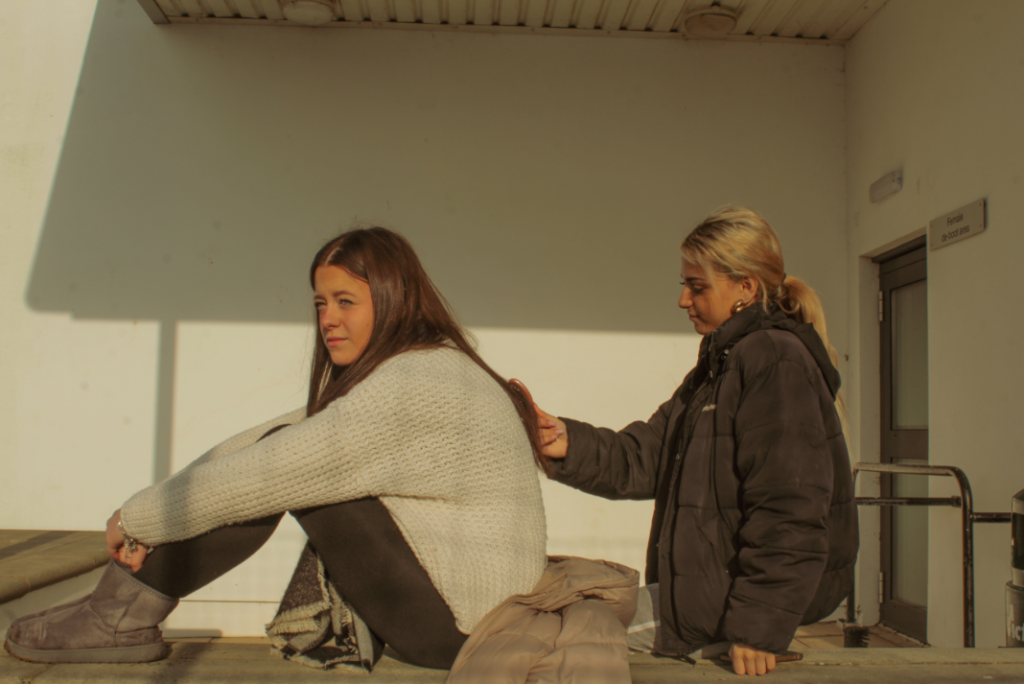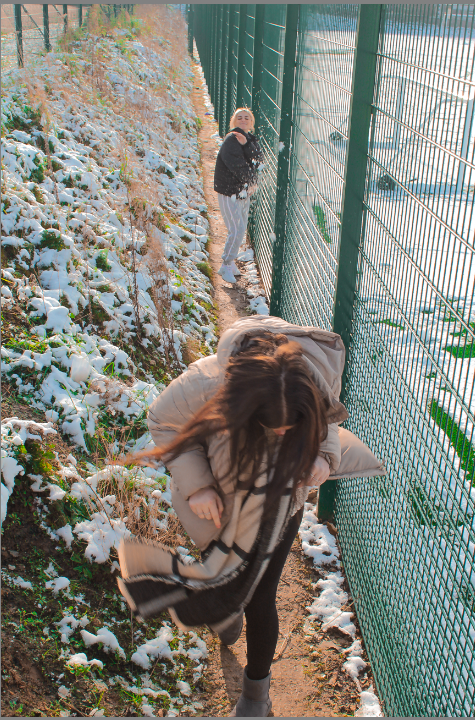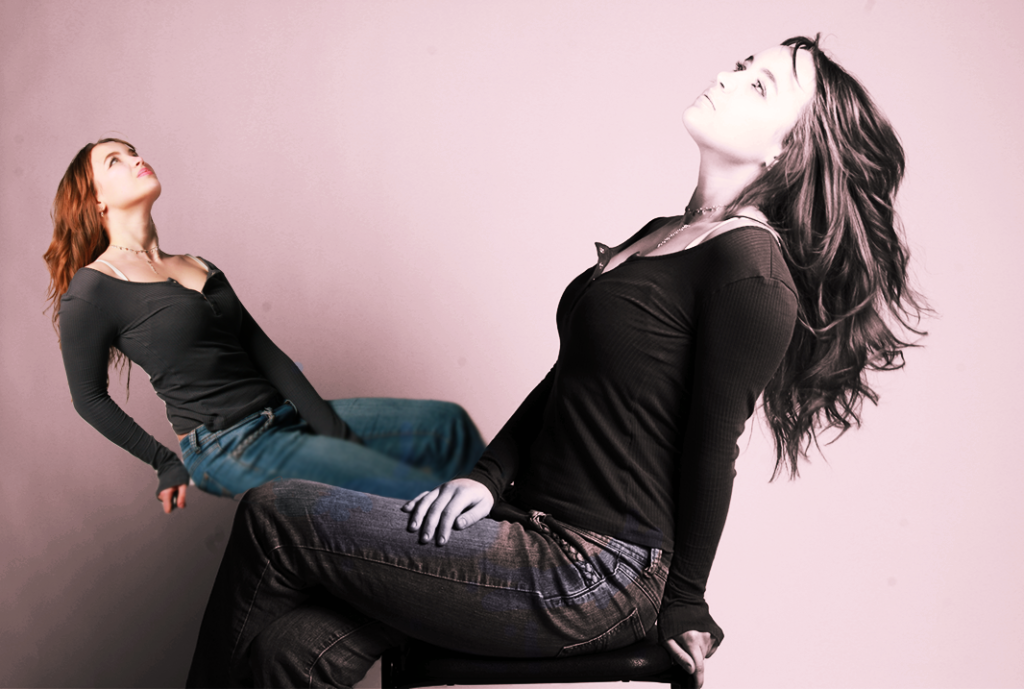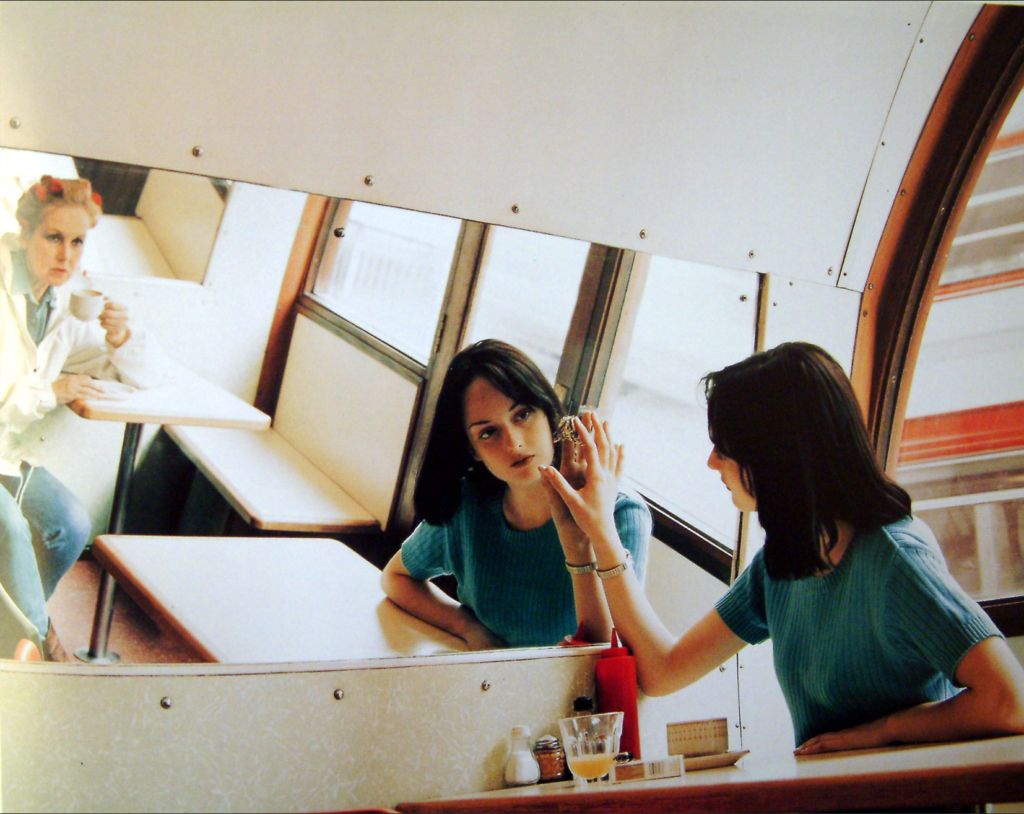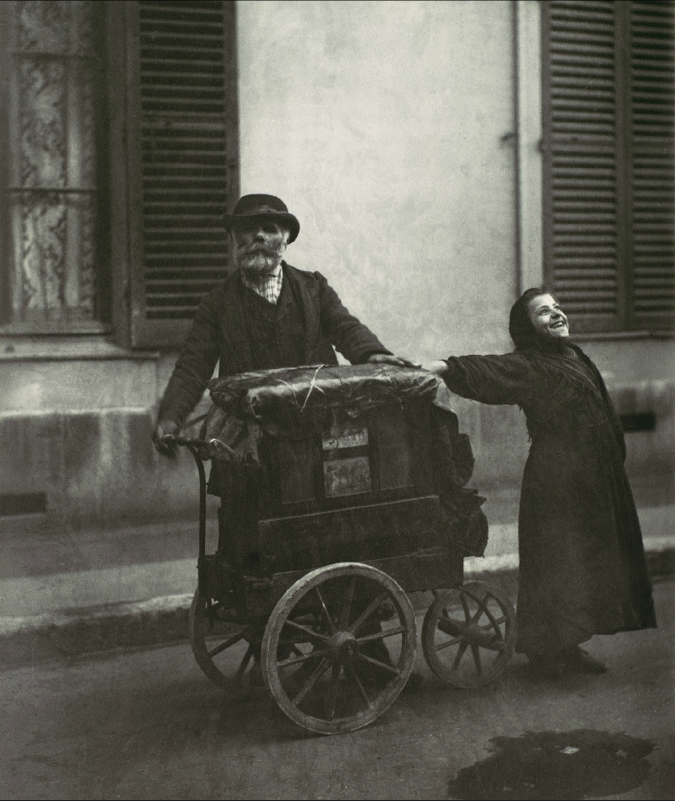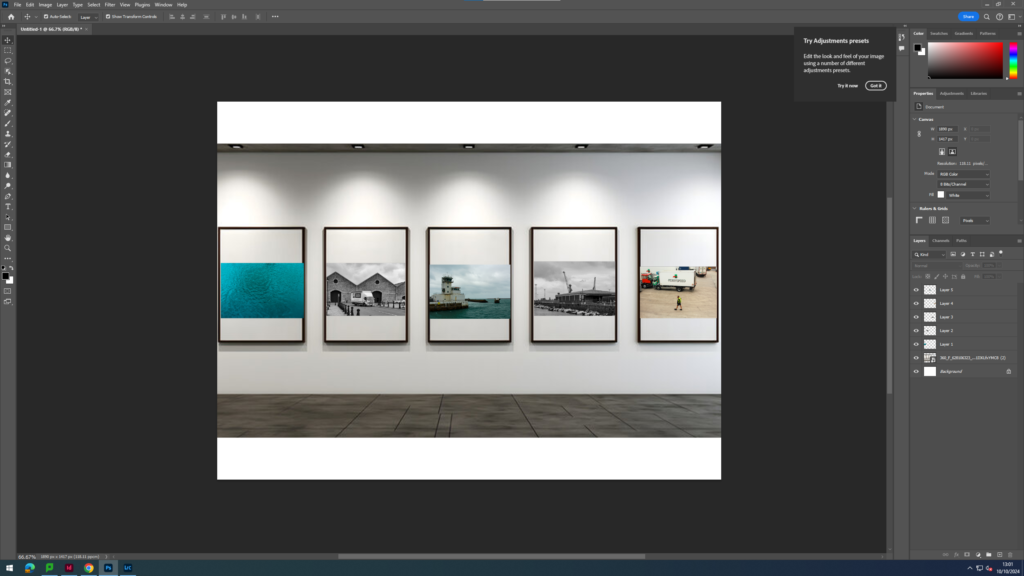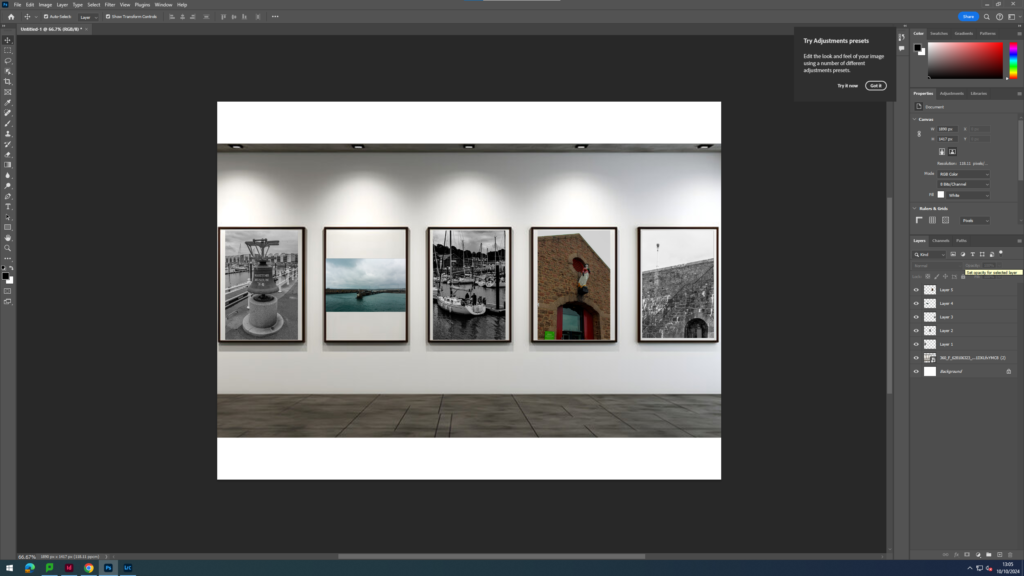Literary sources: Go to this blog post here: Theory: Literary Sources and copy relevant key texts relating to the subject of your essay and list in alphabetical order in your bibliography. In addition, find your own key texts in relation to artists selected for in-depth analysis in your essay and list these too. These texts could be interviews with the artist, or reviews/ critique’s written by others. See useful online sites/ sources here .
- Research and identify 3-5 literary sources from a variety of media such as books, journal/magazines, internet, Youtube/video that relates to your personal study and artists references .
- Begin to read essay, texts and interviews with your chosen artists as well as commentary from critics, historians and others.
- It’s important that you show evidence of reading and draw upon different pints of view – not only your own.
- Take notes when you’re reading…key words, concepts, passages, page number to be used for in-text referencing etc.
- Essay Question
- Think of a hypothesis and list possible essay questions
- Below is a list of possible essay questions that may help you to formulate your own.
possible-essay-questions-to-investigate
Some examples of Personal Study essays from previous students:
Essay Plan
Make a plan that lists what you are going to write about in each paragraph – essay structure
- Essay question:
- Opening quote
- Introduction (250-500 words): What is your area study? Which artists will you be analysing and why? How will you be responding to their work and essay question?
- Pg 1 (500 words): Historical/ theoretical context within art, photography and visual culture relevant to your area of study. Make links to art movements/ isms and some of the methods employed by critics and historian.
- Pg 2 (500 words): Analyse first artist/photographer in relation to your essay question. Present and evaluate your own images and responses.
- Pg 3 (500 words): Analyse second artist/photographer in relation to your essay question. Present and evaluate your own images and responses.
- Conclusion (250-500 words): Draw parallels, explore differences/ similarities between artists/photographers and that of your own work that you have produced
- Bibliography: List all relevant sources used
Essay writing: Here is a link to another blog post which will provide you with guideline about how to structure each paragraph in your essay.
Bibliography
Rosler, Martha (1981) ‘In, around, and afterthoughts (on documentary photography)’ in Stallabras Julian (2013) Documentary. Cambridge (MA): The MIT Press.
Wells L. (1998). ‘Thinking about Photography’ in Photography: A Critical Introduction. London: Routledge.
Wells L. (1998). ‘The Photograph as Document’ in Photography: A Critical Introduction. London: Routledge.
Possible essay questions
How is the work of Sian Davey and Nick Haymes questioning the stereotypes of teenage lifestyles?
In what way does Sian Davey and Nick Haymes explore teenage stereotypes through their work?
Compare how Sian Davey and Nick Haymes challenge teenage stereotypes in their work?
Structure of my essay
*chosen photo* Title – Captured & Misunderstood.
In what way does Sian Davey and Nick Haymes explore teenage stereotypes through their work?
Paragraph 1 – What does your area study? Teenage stereotypes Which artists will you be analysing and why? Nick Haymes and Sian Davey How will you be responding to their work and essay question? Explore and recreate their ideas and themes/photos in my own way. Use them as inspiration. Look at their photos and find relationships between teenage stereotypes and their work.
Paragraph 1 – Historical/ theoretical context within art, photography and visual culture relevant to your area of study. looking at how past events, movements, and theories in art and culture have influenced the way people create and view images. Make links to art movements/ isms and some of the methods employed by critics and historian. teenagers have often been represented through certain stereotypes, like being rebellious, carefree, or obsessed with fashion and social status. These stereotypes are influenced by historical events (like cultural shifts in the ’50s or ’80s) and societal changes (such as the rise of youth culture or the influence of pop culture icons).
Paragraph 2 – Analyse first artist/photographer in relation to your essay question. Present and evaluate your own images and responses. Sian Davey
Paragraph 3 – Analyse second artist/photographer in relation to your essay question. Present and evaluate your own images and responses. Nick Haymes
Paragraph 4 – Draw parallels, explore differences/ similarities between artists/photographers and that of your own work that you have produced
Bibliography

